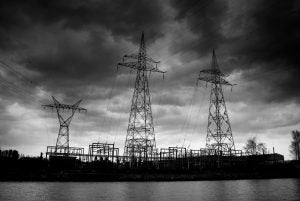 On any given day, half a million Americans lose power for two or more hours. Those blackouts cost our economy billions of dollars. 70 percent of the U.S. grid that delivers electricity to our homes and businesses is at least 25 years old, and comparatively we endure more outages than other developed nations. We suffer some 360 minutes of outages each year, compared with just 16 minutes for Korea, 15 for Germany, and 11 for Japan.
On any given day, half a million Americans lose power for two or more hours. Those blackouts cost our economy billions of dollars. 70 percent of the U.S. grid that delivers electricity to our homes and businesses is at least 25 years old, and comparatively we endure more outages than other developed nations. We suffer some 360 minutes of outages each year, compared with just 16 minutes for Korea, 15 for Germany, and 11 for Japan.
A new book – The Grid: The Fraying Wires Between Americans and Our Energy Future – offers these and other insights about the challenges of modernizing America’s electric grid – the set of wires and transformers that transmit and deliver power. According to the author, McGill University professor and cultural anthropologist Gretchen Bakke, our current system is “worn down, it’s patched up, and every hoped-for improvement is expensive and bureaucratically bemired.”
But change could be on the horizon. With a new president and Congress taking office in January, legislation to address America’s deteriorating infrastructure, like bridges and lead-laden water pipes, will likely be debated. High on their list of priorities should be new policies encouraging private-sector investment and innovation in the electricity sector.
Here are four ideas from Bakke that the new Congress and administration should keep in mind as they consider legislation that will lay the groundwork for America’s energy future. Read More










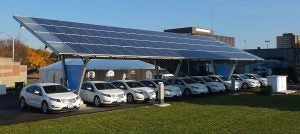 Customer interest and adoption of clean energy technologies, including
Customer interest and adoption of clean energy technologies, including 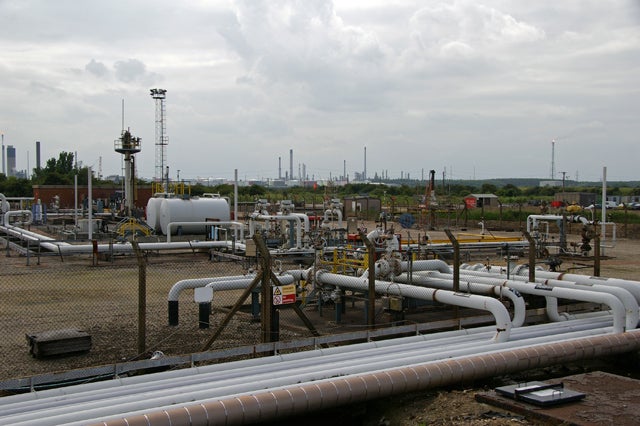
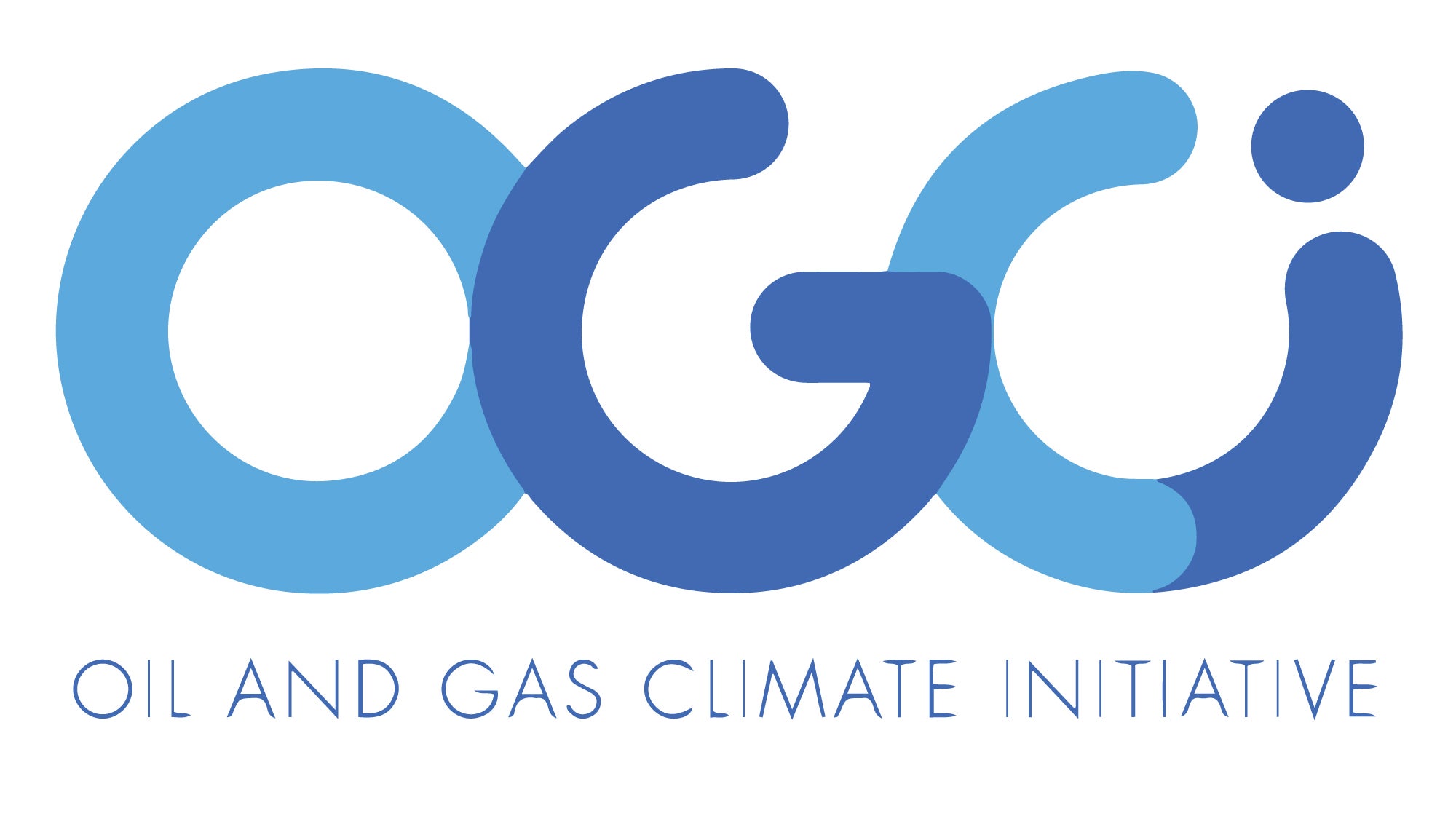 The Oil and Gas Climate Initiative, a group of 10 oil and gas CEOs representing 25 percent of the industry’s global production, came together in London today
The Oil and Gas Climate Initiative, a group of 10 oil and gas CEOs representing 25 percent of the industry’s global production, came together in London today  Vocal
Vocal 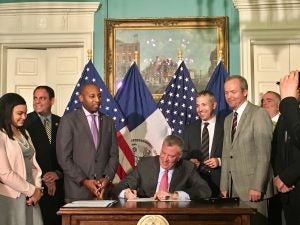 The New York City Council has an excellent environmental track record, and I’m pleased to say that most recently it has passed a group of bills tackling energy efficiency in buildings, adding to its stellar standing.
The New York City Council has an excellent environmental track record, and I’m pleased to say that most recently it has passed a group of bills tackling energy efficiency in buildings, adding to its stellar standing.